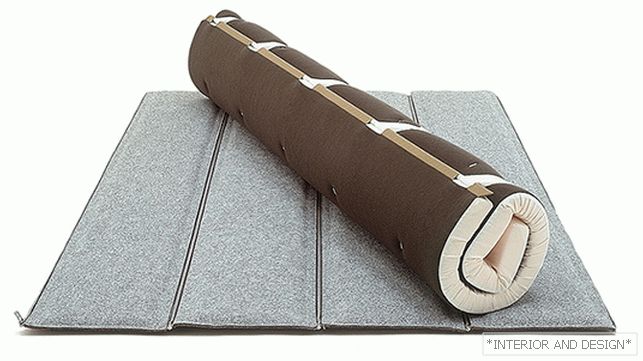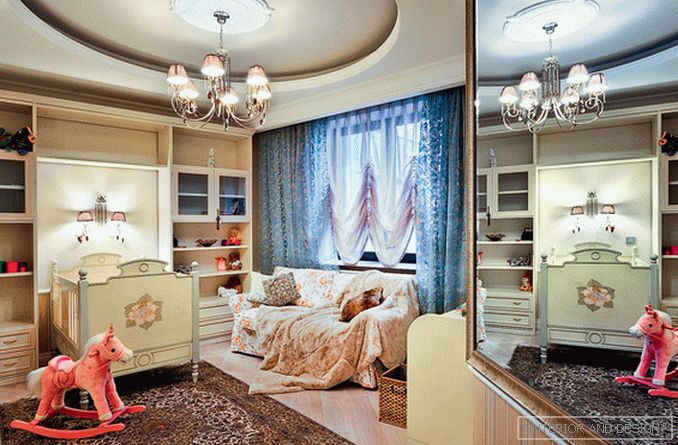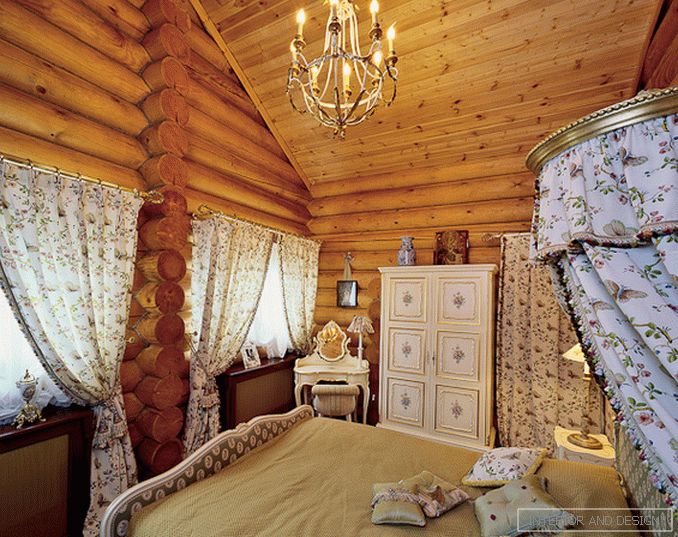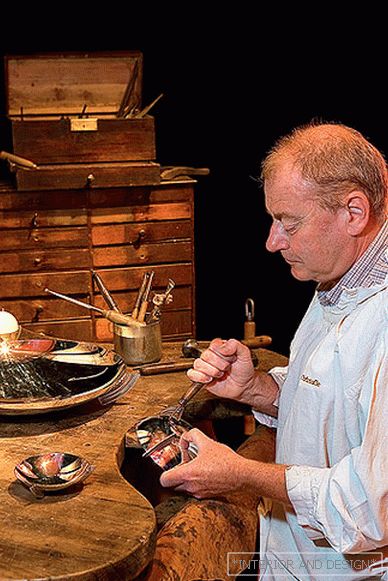Matali Crasset (Matali Crasset, p. 1965) - not to be confused with anyone. With a haircut resembling a French monk, with a slightly androgynous appearance, Crasse firmly occupied the place among the most famous French designers. Awarded the National French Order of Merit, an officer of the Order of Arts and Literature.
She likes to peer into an ever-changing environment, it is interesting to invent things that have modularity and functional flexibility, she has become adept at network communication and in supernew business principles. Recent works include a modular sofa, Self-made Seat for Campeggi, consisting of blocks, each of which can be carried as a suitcase, as well as giant baskets woven to her order by masters from Zimbabwe. Designed a class for cooking sweet dishes in one of the famous French culinary schools, likening the interior (yellow walls, white benches, shelves and tables) to the famous meringue dessert.
 Modular sofa Self-made Seat for Campeggi.
Modular sofa Self-made Seat for Campeggi. Matali Crasset was born on July 28, 1965 in Châlons-en-Champagne. She spent her childhood in a small village in northern France on a farm, where work determines everyday life. According to the first education - marketer. Later specialization - industrial design. Crasse considers Quand Jim monte à Paris to be the card of his creative work. Experts argue that the strength of Crasset is that she thinks more by hypotheses than by postulates. Since the end of the 90s, her entire creative career has been a stubborn desire not to engage in the search for form, but to offer advanced life-style scenarios through objects. It is immersed in an eclectic environment: it delves into the intricacies of handicraft work and textile production, it studies the possibilities of electronic music and the realities of fair trade. Implementing projects in various fields, Matali Crasset draws inspiration from set design and decorative arts.
 When Jim goes to Paris. Одеяло и матрас. Domeau Peres.
When Jim goes to Paris. Одеяло и матрас. Domeau Peres. While Matali was studying marketing, she had a task to draw packaging for a bottle of perfume. But so that the packaging has become part of the advertising company. And she suddenly realized that the most interesting thing is design. While continuing to be engaged in marketing, Matali entered the National Higher School of Industrial Creativity in Paris.
 Lamp Eyes, Fabbian. Ceiling option.
Lamp Eyes, Fabbian. Ceiling option. Since 1992, already having a diploma in her pocket, she began to develop her professional contacts and accumulate experience. At one point, she went to Italy to show her projects and met there a designer, a strong conceptualist Denis Santakjara. He is an autodidact, supported her in the desire to think independently, for 8 months they worked on common projects, and so far the French woman remembers with gratitude this short but beneficial period. Then Cresse returned to France and began to look for her own way in design. However, in 1993 she joined the team of Philippe Starck as art director for Thomson Multimédia and worked in this position for five years. In 1998, after the privatization of Thomson Multimédia, Matali put her own company on its feet. Launched production under the Sarl brand: opened a workshop in Paris in the building of an old factory in the center of Belleville.
She debuted with her own subjects in Berlin in 1998. It was shown by Quand Jim monte à Paris, a program work that demonstrated Matali’s attitude to everyday objects and living space. Her things were so simple and unusual at the same time that Crasset acquired a professional reputation. In 2009, she took part in the famous exhibition Préliminaires, organized by the Parisian gallery Slotte. There, her subjects coexisted with the works of Arik Levy, Mathieu Leanner, Florence Zhafren. Today, some items by Matali Crasse are in the collections of the Paris Museum of Decorative and Applied Arts and in the New York Museum of Modern Art.
Matali Crasset always had a conceptual approach and a desire to develop his special sense of freedom. It is no coincidence that the well-known Parisian gallery owner Tadeusz Roppack wished to work with her; he prepared the project “Journey to an alternative history” with Matali Crasset.
A variant of the design of the Paris kiosk from Matali Crasse. Inside, instead of a newspaper stall, there is an expanded trading space.


